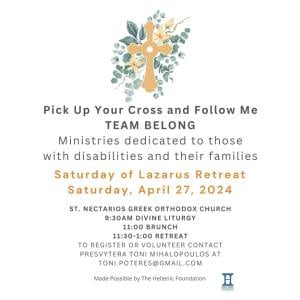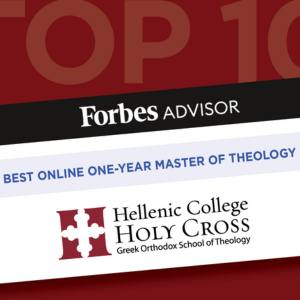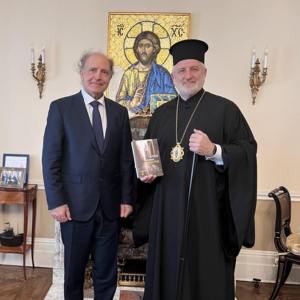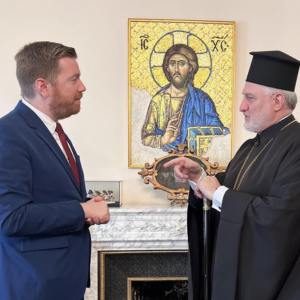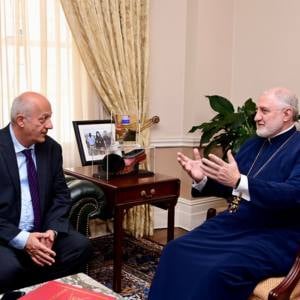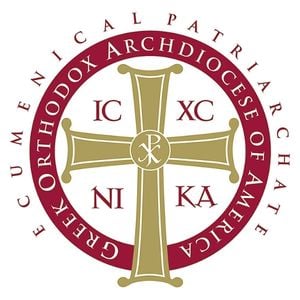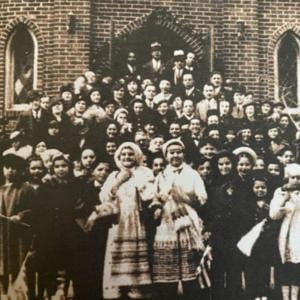A Message from the Department of Religious Education
V. Rev. Anton C. Vrame, Ph.D., Director
There is a great deal of uncertainty about what parish life will look like this fall because of the pandemic. In particular, what might happen to traditionally in-person programs? Over the next weeks, I’ll be offering some ideas for your religious education program. They will offer some basic strategies that you might consider implementing for a virtual religious education program.
Relationships Are Central to Religious Education
When Jesus called His disciples, He said, “Follow me.” He invited them into a relationship with Him. He was their teacher and they were His students. The relationship between a teacher and a student is the basis of learning, especially in matters of faith.
Teachers are role models for their students. Our students are watching us, learning from our actions if not more than our words and lessons. We may not remember a particular lesson, but we will usually remember the person who taught it. In a parish setting, everyone is a teacher, the clergy, the parish council member, the members of the ladies society, and the person near you during a worship service. Our students are learning from all of us. In a parish setting, those relationships and observations are happening in person, through the interactions of the members. Over time, we are steadily brought into the ways of life – the practices – of an Orthodox Christian community.
Learning best occurs through “talking and doing” more than only reading and listening. The classroom is a place where a teacher should be encouraging as much interaction as possible, hopefully, to a topic that is important to the learners and the community. This also facilitates the students learning from one another, building relationships among peers and with a teacher. As the educator Parker Palmer writes, “If we want a community of truth in the classroom, a community that keep us honest, we must put a third thing, a great thing at the center of the pedagogical circle.” I can think of nothing greater for study and discussion than our Orthodox Christian faith and way of life.
In an online world, the relationships are virtual, but no less important. In this case, we must make relationship building and maintaining intentional. In the virtual religious education programs that many parishes will have in the coming months, there are some things you can do to assist build those relationships.
First, reduce the class size meeting. A video conference with one teacher and twenty students can’t build a relationship well. Consider reducing the ratio of teacher to student to about 1 to 8. That might mean more teachers are needed in some places, or changing the approach to attendance with students alternating when they come to an online class session. Many video conference programs have tools for breaking out into smaller groups. So, even two teachers can meet at the same time, then break out into smaller groups, and then come back to a larger group.
Second, keep students with the same teachers as last year. Students already know the teacher and already have a relationship. It will be much easier to build on that existing relationship than start anew.
Third, use the first sessions to do the relationship building work. Use ice-breakers like those you would use in a youth group meeting or at camp (an online search can locate plenty of ideas). Play some games so that students can be comfortable with one another in the online world. Use part of the on-line time for keeping the relationships strong. Celebrate name days and birthdays. Allow time for sharing, “checking in”.
Fourth, consider holding online “office hours.” You, or even the priest, could let the students know that a certain teacher is on-line at a certain time every day. Or, add a link to the parish website that a student can use to reach a teacher or the priest easily, and not have to wait for a class session to ask a question or reach out.



